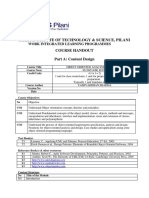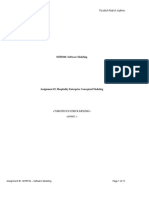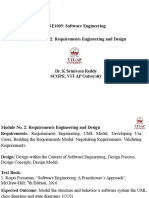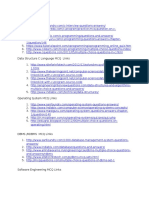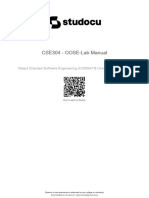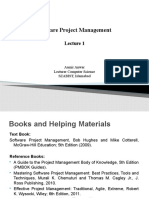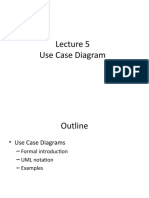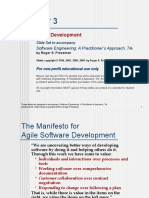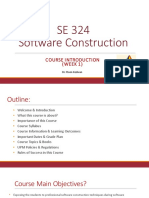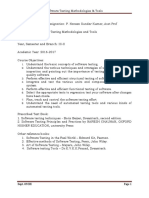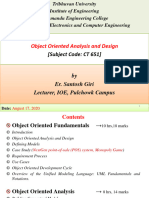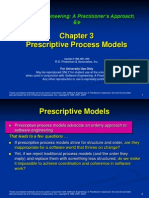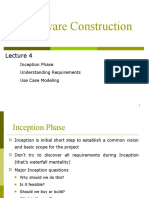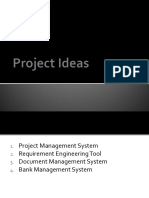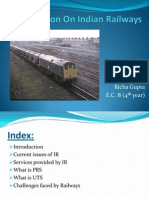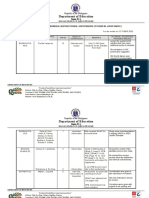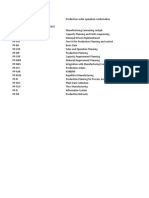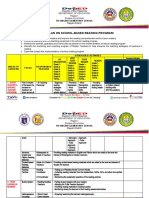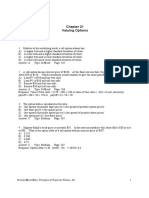0% found this document useful (0 votes)
107 views36 pagesSoftware Design & Architecture: Lecture # 3 Use Case Modeling
The document discusses use case modeling, describing use cases as narrative descriptions of how users interact with a system to achieve goals. It provides guidelines for identifying actors, their goals, and defining use cases through use case diagrams and written documentation, including specifying main and alternative scenarios. Use cases are used to capture requirements, guide system design, and form the basis for system testing.
Uploaded by
Usman ShafiqueCopyright
© © All Rights Reserved
We take content rights seriously. If you suspect this is your content, claim it here.
Available Formats
Download as PPT, PDF, TXT or read online on Scribd
0% found this document useful (0 votes)
107 views36 pagesSoftware Design & Architecture: Lecture # 3 Use Case Modeling
The document discusses use case modeling, describing use cases as narrative descriptions of how users interact with a system to achieve goals. It provides guidelines for identifying actors, their goals, and defining use cases through use case diagrams and written documentation, including specifying main and alternative scenarios. Use cases are used to capture requirements, guide system design, and form the basis for system testing.
Uploaded by
Usman ShafiqueCopyright
© © All Rights Reserved
We take content rights seriously. If you suspect this is your content, claim it here.
Available Formats
Download as PPT, PDF, TXT or read online on Scribd
/ 36








